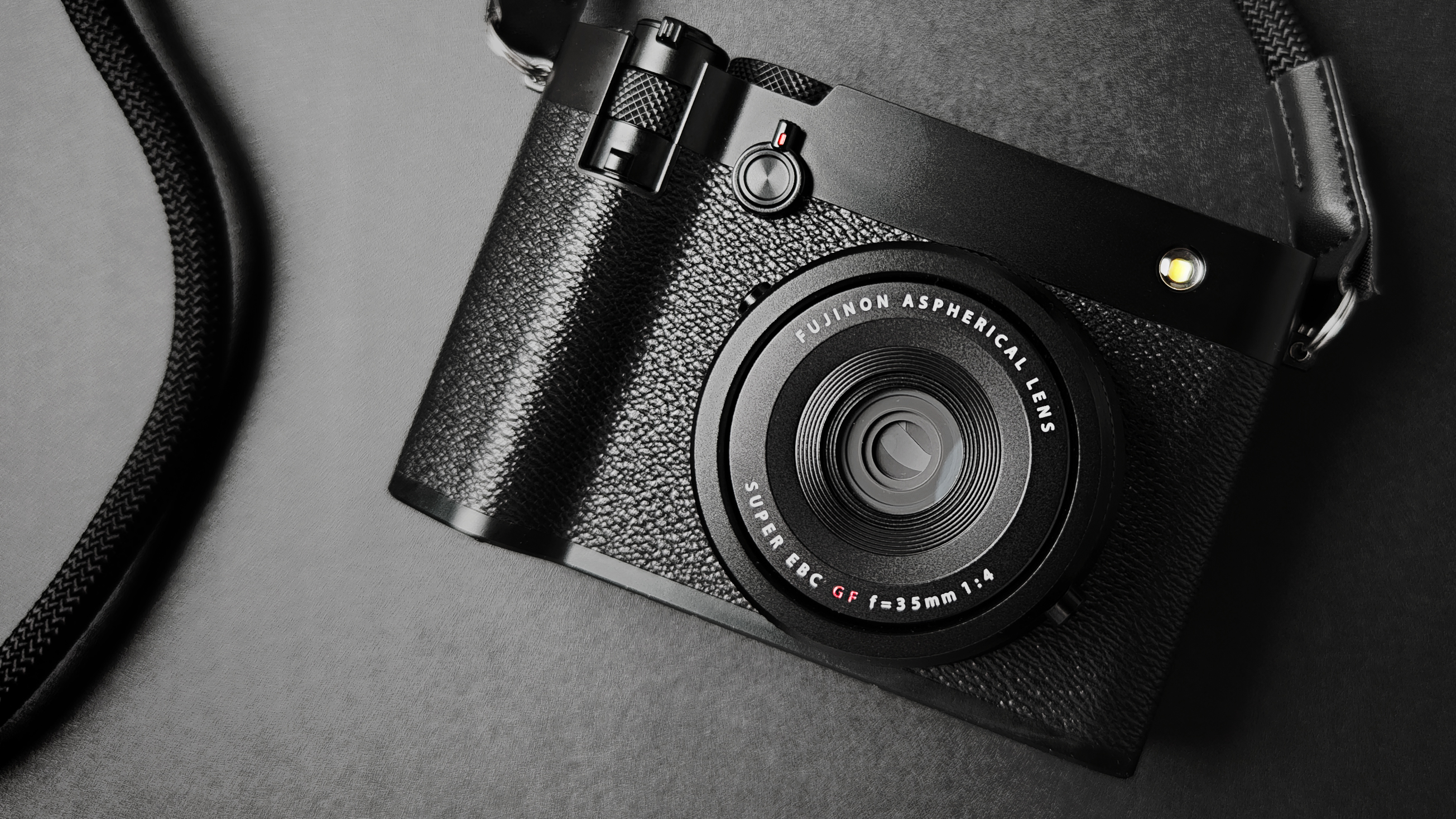The point-and-shoot camera is back – but if you want better photos than a smartphone, don’t buy one without one of these features
A large sensor and a good lens are essential to getting the best possible images from a point-and-shoot camera
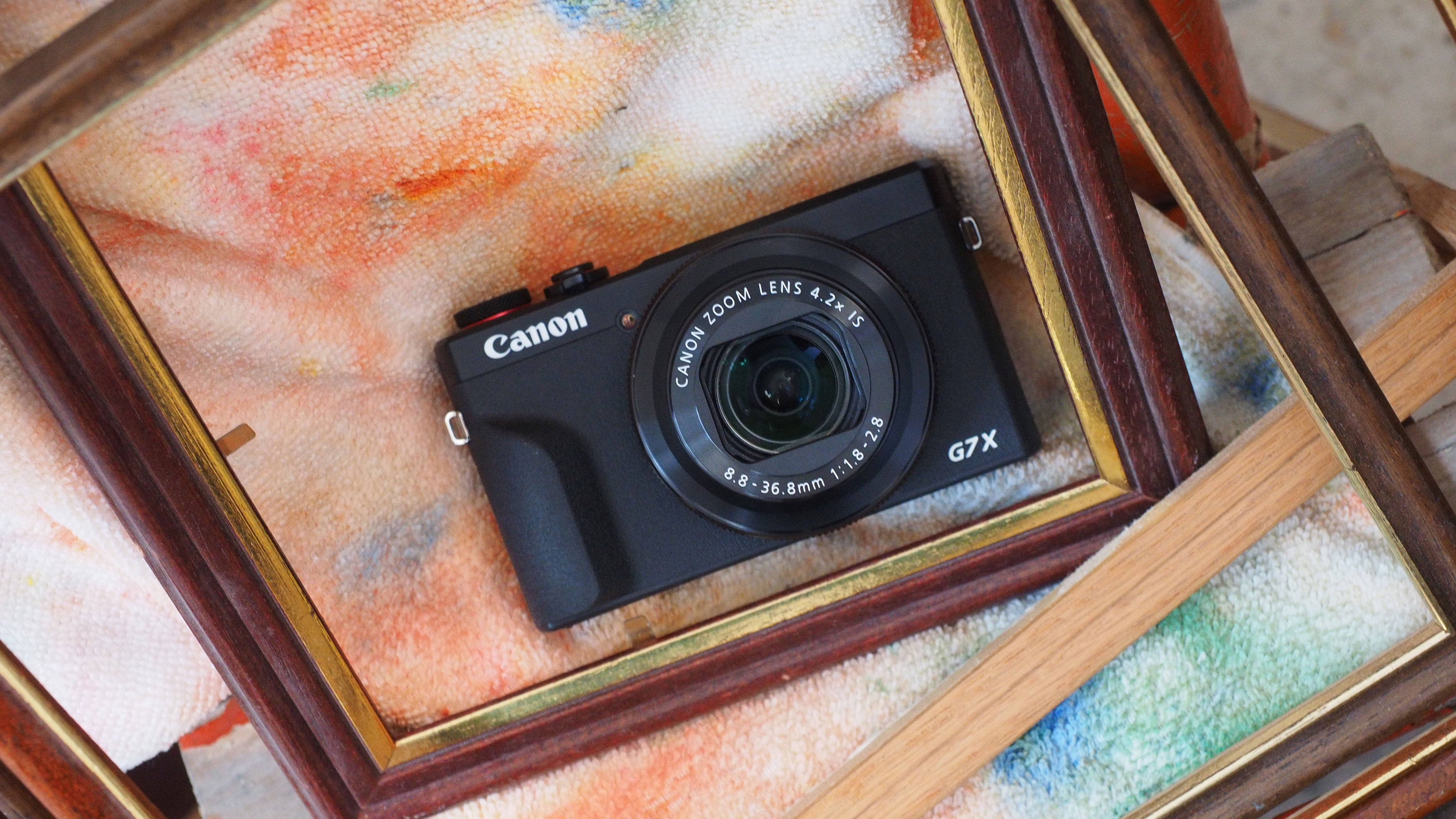
The point-and-shoot camera is back. After smartphones pushed the compact camera to a small niche, the portable camera format has become so trendy that several models are hard to find in stock.
As a photographer and traveler, I’m glad the point-and-shoot has returned. But there’s something not a lot of non-photographers realize: not every point-and-shoot is going to deliver images that beat out a smartphone.
Now, better image quality isn’t the only reason for buying a point-and-shoot. There’s the waterproof compact that can go where smartphones can’t, like the OM System Tough TG-7. And, there’s the nostalgia of using a point-and-shoot, like the Camp Snap or the Instax Mini Evo.
But the point-and-shoot cameras that can outperform a smartphone all have something in common: a larger sensor, or an optical zoom lens.
A larger sensor
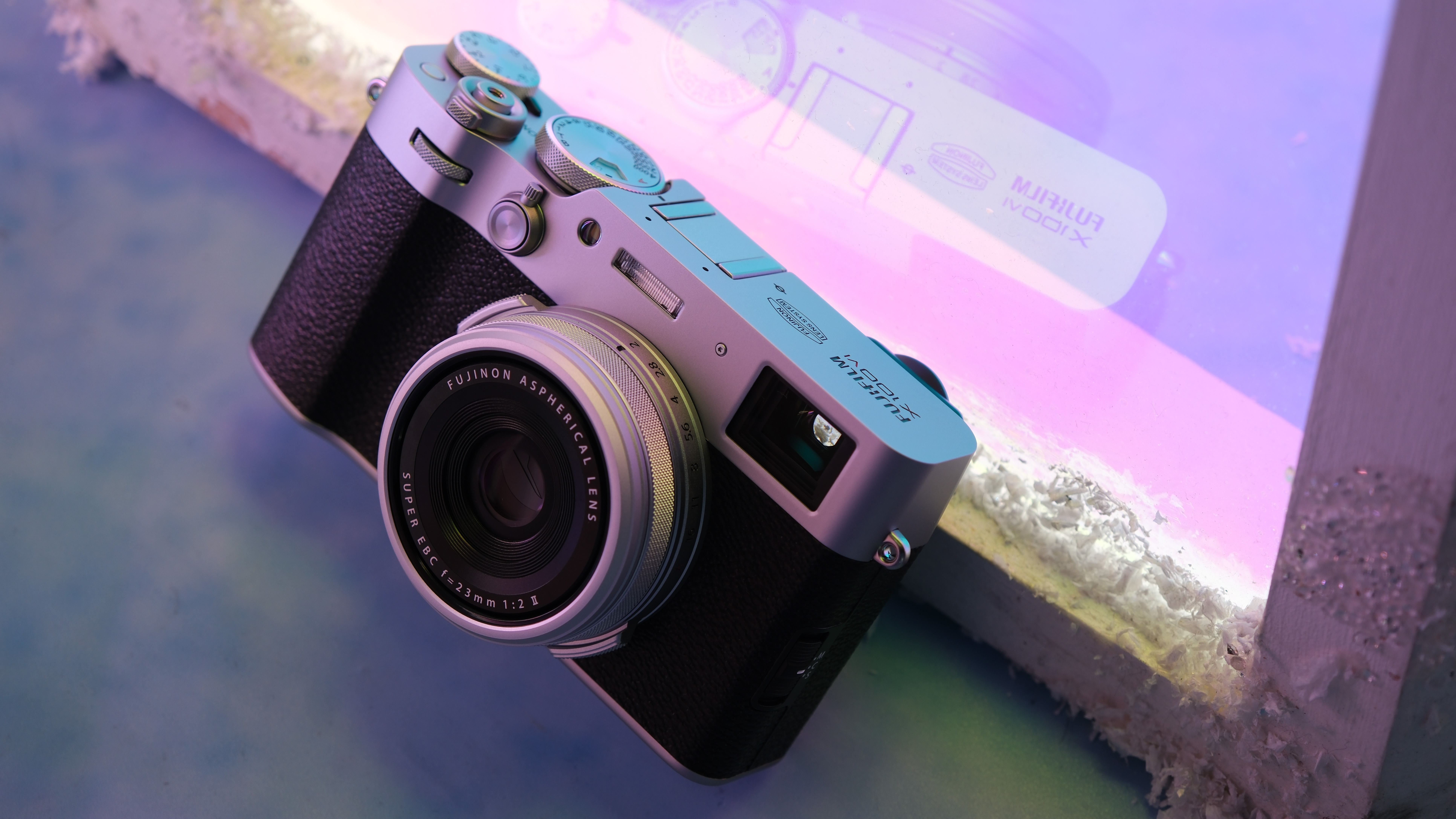
A camera’s sensor is like a miniaturized solar panel that transforms the scene in front of you from light into digital pixels. The larger a camera sensor is, the better the image quality will be.
Both smartphones and point-and-shoots are designed to fit in a pocket, but a point-and-shoot camera doesn’t have to also take phone calls and surf the web, leaving more room to cram a large sensor into a portable device.
The larger the sensor is, the more light the camera is going to gather and the better the images are going to be, especially in the dark. A larger sensor will also create more background blur, far better than the fake portrait mode on a smartphone. Larger sensors also make the size of each pixel larger – 40MP on a large sensor is going to look a lot better than 40MP on a small sensor.
The best camera deals, reviews, product advice, and unmissable photography news, direct to your inbox!
So what is a “large” sensor? A small sensor is measured in fractions. The iPhone 17 Pro, for example, has a 1/1.28-inch sensor, which is also a common size among budget point-and-shoots. A one-inch sensor, like that found on the Sony RX100 Mark VII or the Canon PowerShot G7X Mark III, is more than twice as large. An APS-C sensor, like that found inside the Fujifilm X100VI and the Ricoh GR IV, is 16 times larger than the 1/2.8-inch size common in smartphone cameras.
Moving from a basic smartphone camera to a point-and-shoot with an APS-C or even a one-inch sensor is going to make a drastic difference, especially when taking images indoors and outdoors at night. That larger sensor will also come with more background blur.
A good zoom lens
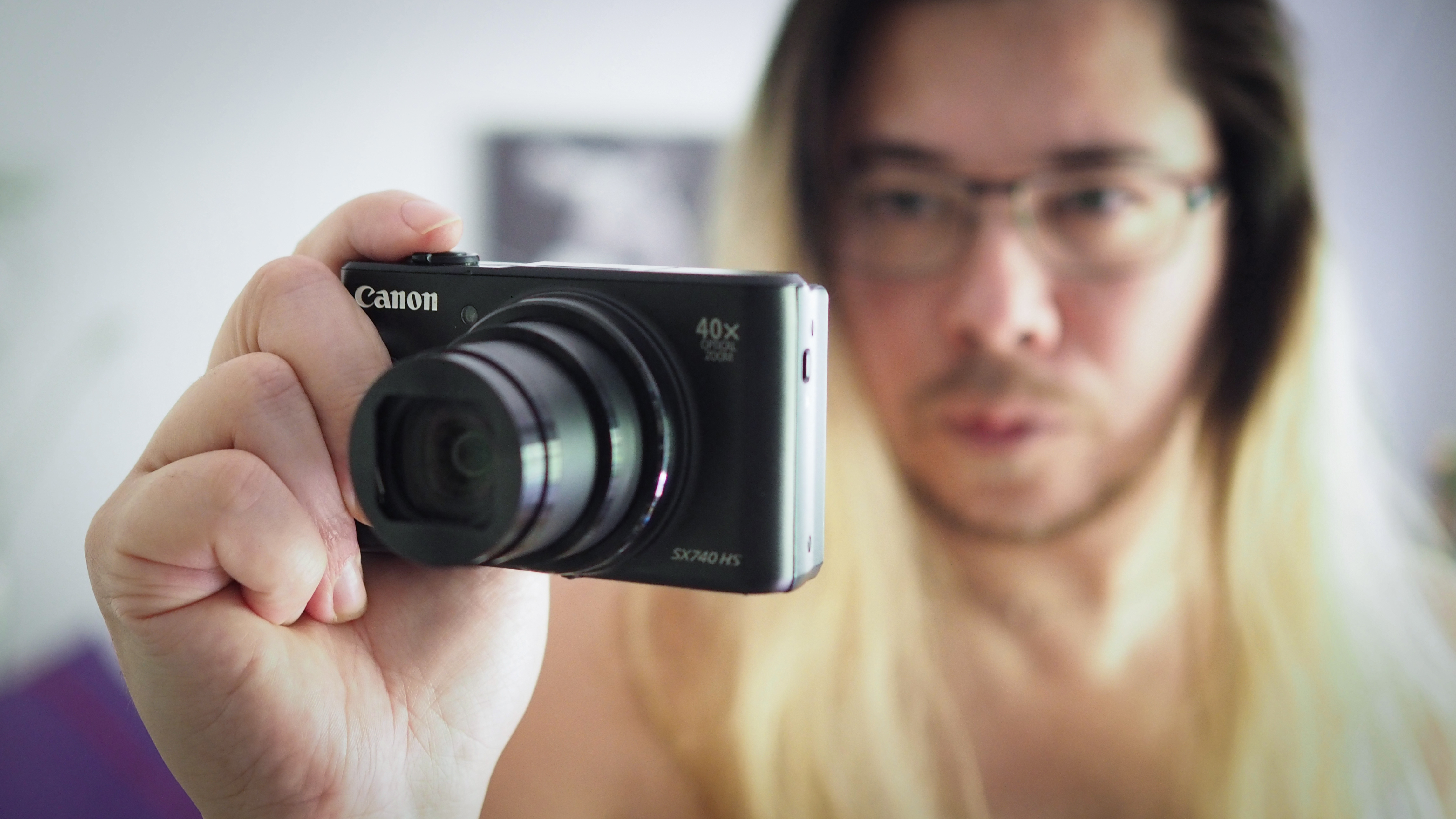
While a camera sensor plays a key role in the image quality, the lens is the other half of the equation.
Lenses with optical zoom are pretty big. Smartphones can’t fit a whole lot of optical zoom in (though smartphones are getting better at true optical zoom, like the Sony Xperia I VII), Point-and-shoots like the Canon PowerShot SX70 HS and the Panasonic Lumix TZ99 / ZS99 have basic sensors, but fantastic zooms.
A point-and-shoot with a good lens is going to get in closer to the subject without moving your feet. But optical zoom is more about than getting in close to distant subjects. A longer optical zoom lens will create more background blur.
Longer lenses are also more flattering for portraits. Wide-angle lenses exaggerate distances, which can appear to stretch facial features and make your nose look bigger! The selfie camera on a smartphone uses a wide-angle lens, but if you put a point-and-shoot camera with a big zoom on a tripod (or in the hands of a trusted friend), you’ll get a portrait that looks more like yourself.
Do any point-and-shoots have both a large sensor and a good zoom?
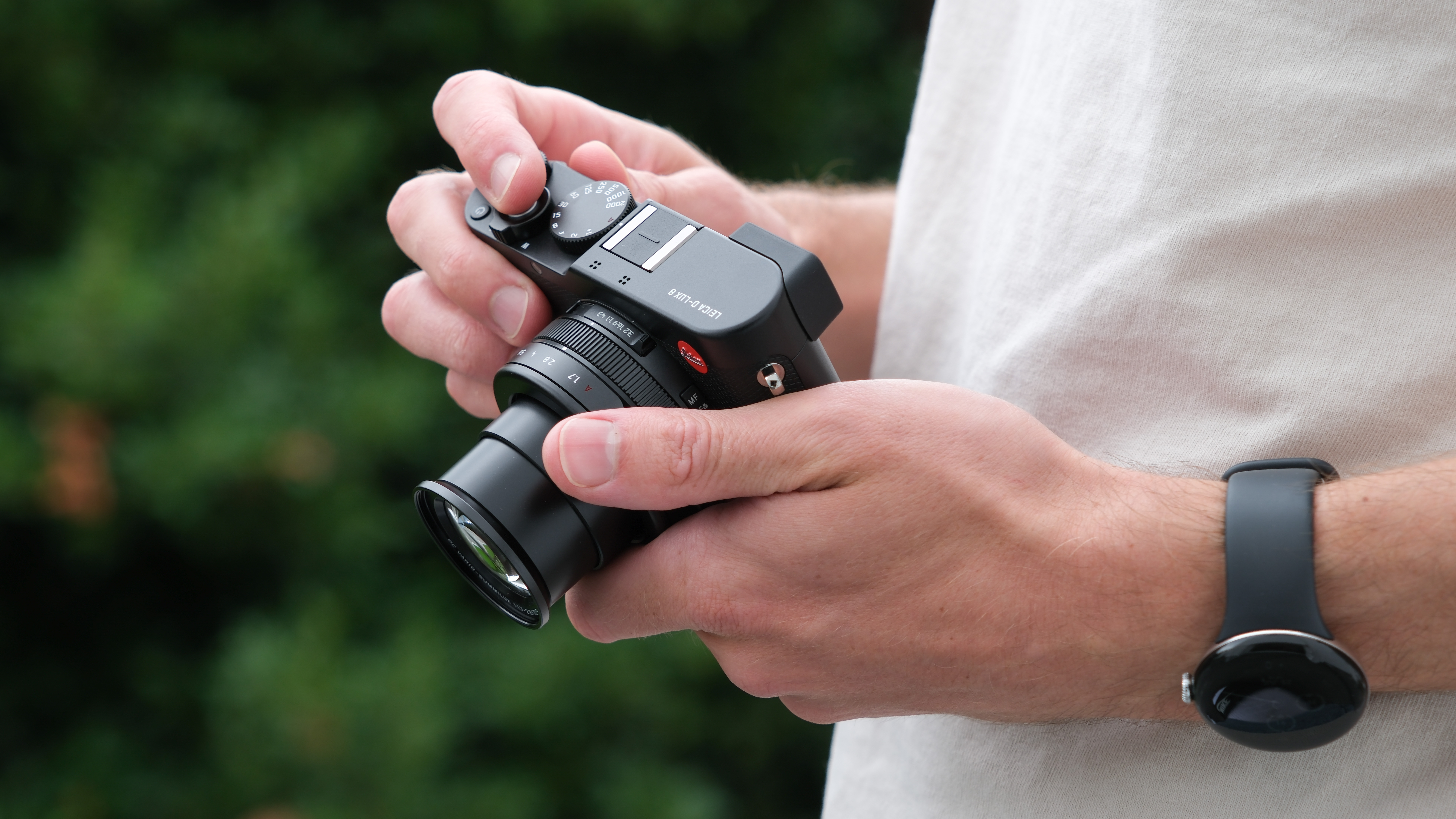
If larger sensors and optical zoom lenses are best, wouldn’t a point-and-shoot camera with both be even better? Well, yes! The problem is that the larger the sensor is, the larger the lens has to be. Cramming both a large sensor and an optical zoom lens into a point-and-shoot is a major challenge.
That’s not to say that it’s impossible, however. One of the reasons that the Canon G7X Mark III is so popular is that it mixes a one-inch sensor with an optical zoom, and the same goes for the Sony RX100 Mark VII. The Leica D-LUX 8 has an even larger Micro Four Thirds sensor with a 24-70mm equivalent optical zoom lens.
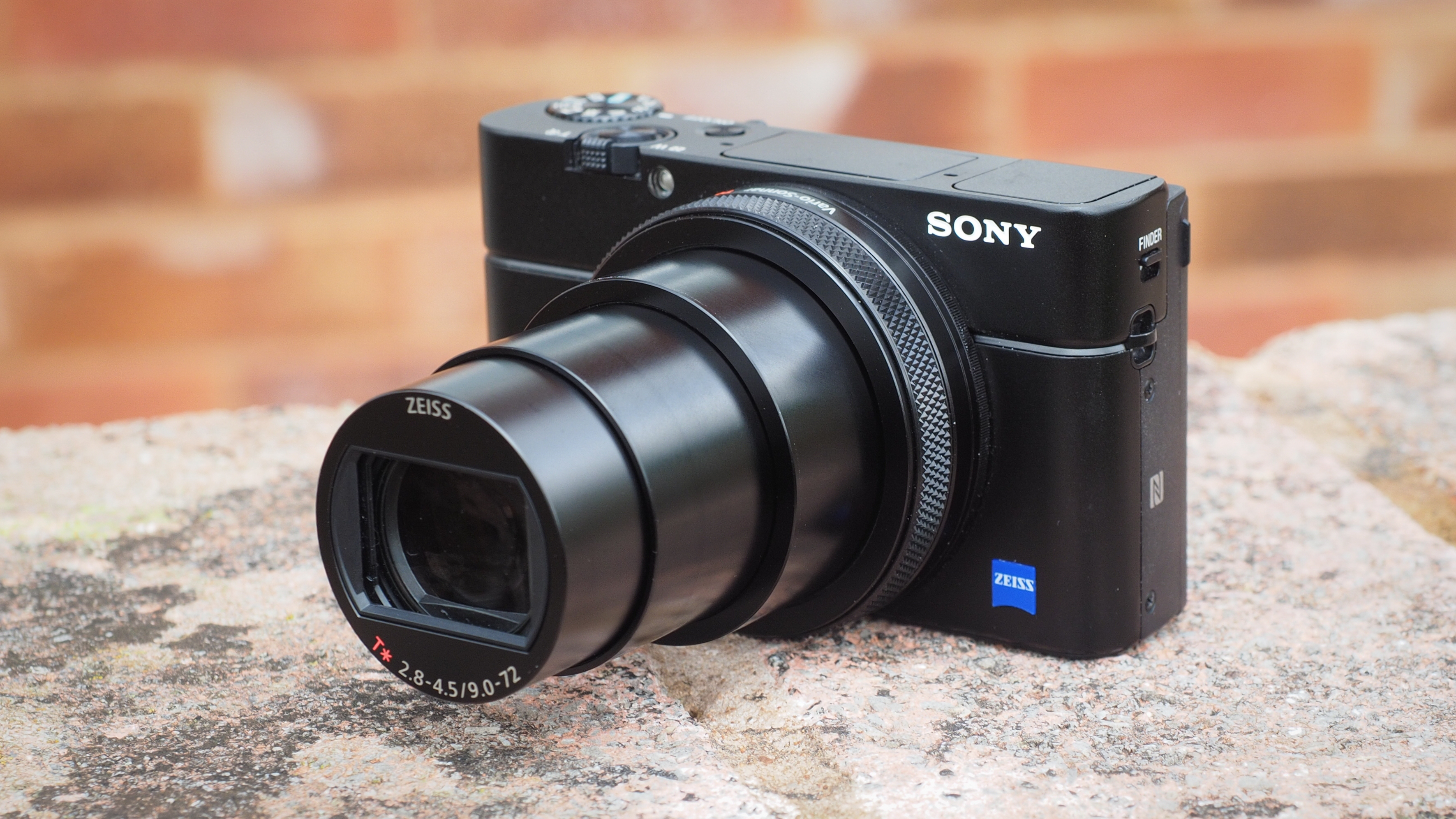
The compact cameras that have both a large sensor and an optical zoom lens are a happy medium, but they also have mid-sized sensors. Compact cameras with the largest sensors, like the Fujifilm X100VI, Ricoh GR IV, and full-frame Sony RX1R III have lenses with very bright apertures, but no zoom.
If I wanted a compact camera that delivers better photos than my iPhone, I would only consider the options that have either a larger sensor, an optical zoom, or both. If you want great photos in dark environments, prioritize that large sensor. If you want flattering portraits and the ability to zoom in close, prioritize a good zoom lens.
You may also like
For more insight, browse the best point-and-shoot cameras, or for high-end options, the best compact cameras. Or dive into what sensor size is and why it matters.
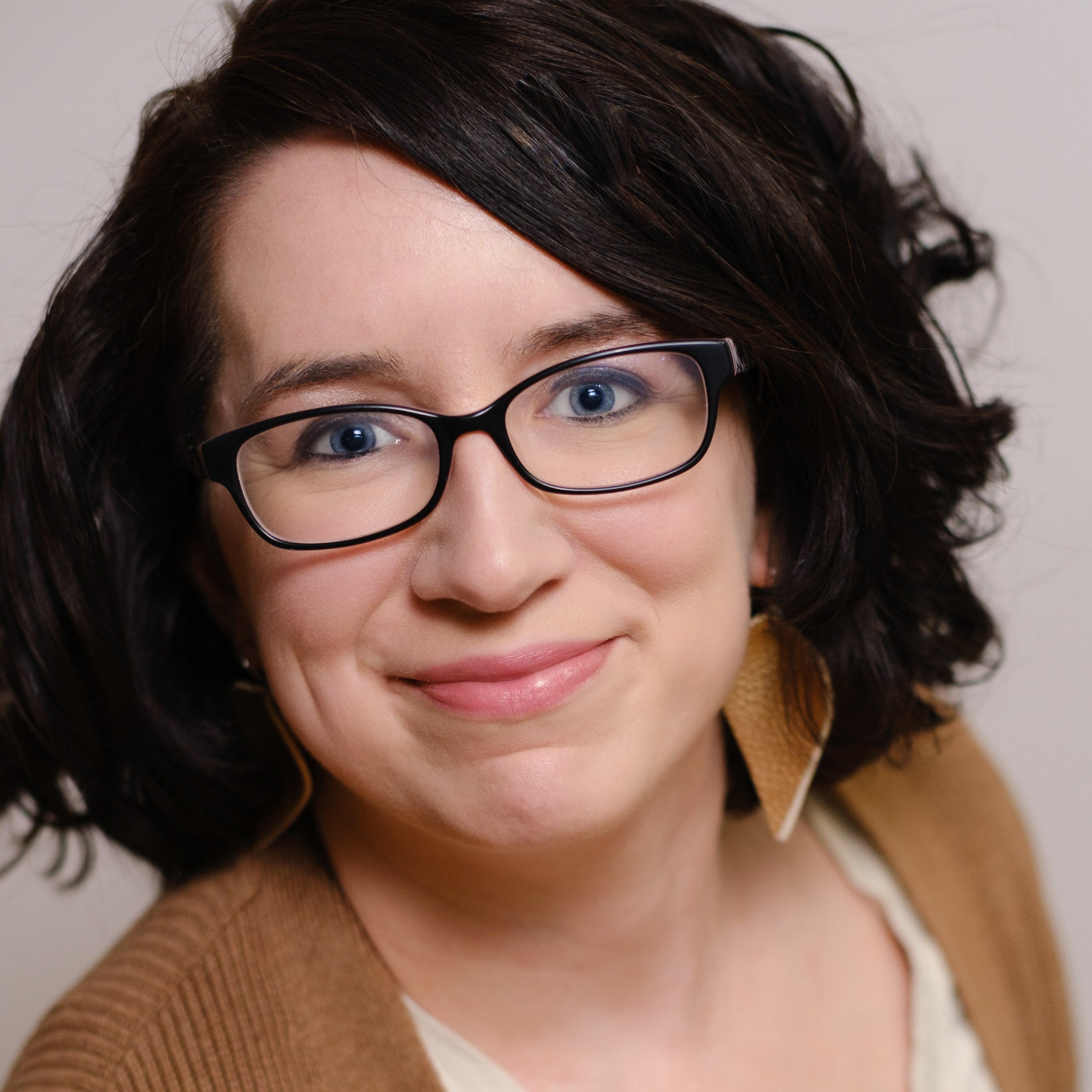
With more than a decade of experience writing about cameras and technology, Hillary K. Grigonis leads the US coverage for Digital Camera World. Her work has appeared in Business Insider, Digital Trends, Pocket-lint, Rangefinder, The Phoblographer, and more. Her wedding and portrait photography favors a journalistic style. She’s a former Nikon shooter and a current Fujifilm user, but has tested a wide range of cameras and lenses across multiple brands. Hillary is also a licensed drone pilot.
You must confirm your public display name before commenting
Please logout and then login again, you will then be prompted to enter your display name.
